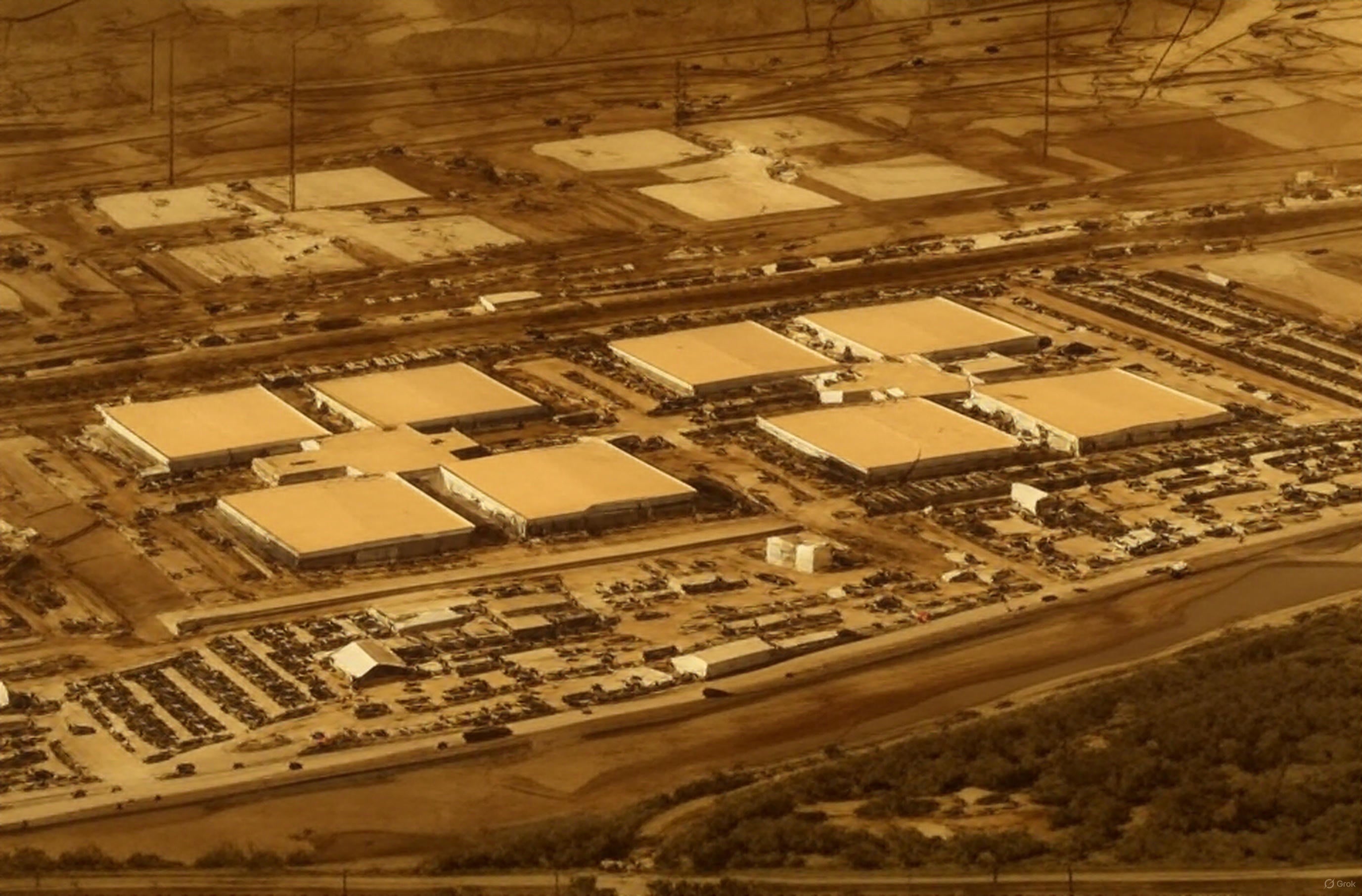OpenAI Launches $1 Trillion AI Supercomputing Project in Texas
Introduction
OpenAI has made headlines with its ambitious $1 trillion plan to construct AI supercomputing warehouses in the United States and other countries. The announcement, first reported by the Wall Street Journal and highlighted on X by Sawyer Merritt, signals a new era in artificial intelligence infrastructure. The project is set to redefine the scale of computing power available for AI research and applications worldwide.
NEWS: OpenAI says it will spend over $1 trillion to build computing warehouses across the U.S. and abroad.
— Sawyer Merritt (@SawyerMerritt) September 23, 2025
Each gigawatt of capacity is expected to cost roughly $50 billion, meaning the company is laying the groundwork for at least $1 trillion in infrastructure spending. Demand… pic.twitter.com/W66P4cDP7i
1. The Massive Investment Scale
OpenAI plans to invest over $1 trillion in building AI infrastructure. Each gigawatt of computing capacity is projected to cost around $50 billion, suggesting that the initial investment could support approximately 20 gigawatts. However, OpenAI executives anticipate demand could eventually reach 100 gigawatts, potentially increasing the total investment to $5 trillion. This staggering scale illustrates the company's determination to dominate the AI space.
2. Texas Site – The World’s Largest AI Complex
The centerpiece of OpenAI’s plan is a 1,100-acre supercomputing site in Texas. An aerial image shared on X shows multiple large buildings with tan-colored roofs arranged in a precise grid, surrounded by construction equipment and vehicles. More than 6,000 workers, including electricians, plumbers, and steel welders, are working two 10-hour shifts every day to accelerate construction. The scale and speed of development highlight the urgency of OpenAI’s expansion.
3. CEO Sam Altman on Financing Challenges
OpenAI CEO Sam Altman commented on the financial complexities of such a massive undertaking:
“I don’t think we’ve figured out yet the final form of what financing for compute looks like.”
He emphasized that solving this financing challenge could unlock tremendous societal value, similar to how previous technological revolutions reshaped economies and industries.
4. Global Strategy and Partnerships
OpenAI’s Texas project is part of a broader strategy to lead the AI revolution. The company is collaborating with industry giants like Oracle, SoftBank, and NVIDIA to meet escalating computing demands. Additional data centers are planned internationally to support advancements in AI-driven medicine, education, and technology.
5. Implications for the Future of AI
The $1 trillion investment is expected to accelerate AI innovation globally. However, it also raises questions about long-term sustainability, financing models, and the concentration of AI power in the hands of a few corporations. This project sets a precedent for large-scale AI infrastructure development, potentially shaping the industry for decades to come.
FAQs
Q1: Why is OpenAI investing $1 trillion in AI infrastructure?
OpenAI aims to meet growing global demand for computing power needed to advance AI research and applications.
Q2: Where is the largest AI complex being built?
The main site is a 1,100-acre facility in Texas, USA.
Q3: How many workers are involved in construction?
Over 6,000 workers, including electricians, plumbers, and welders, are working in two shifts every day.
Q4: Could this investment increase further?
Yes, if AI demand reaches 100 gigawatts, the total investment could grow to $5 trillion.
Q5: Who are OpenAI’s partners for this project?
Key partners include Oracle, SoftBank, and NVIDIA.
Conclusion
OpenAI’s $1 trillion investment in AI supercomputing infrastructure represents one of the most ambitious technological endeavors in modern history. The Texas complex alone signals the scale and urgency with which AI development is progressing. While this investment promises immense advancements in AI applications across industries, it also highlights challenges around financing, sustainability, and global access to AI power. As the project unfolds, it will likely redefine not only the AI industry but also the economic and technological landscape worldwide.


0 comments